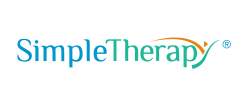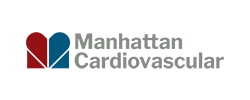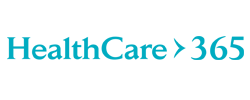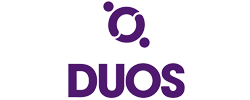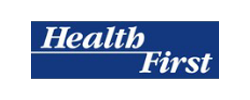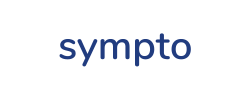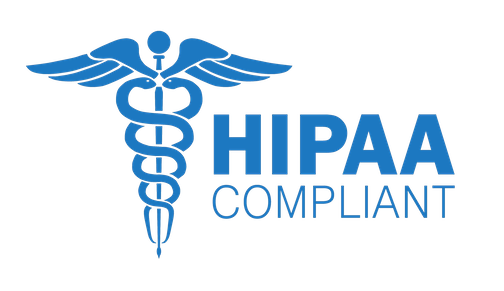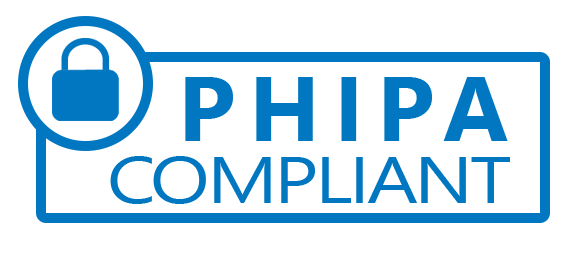Stay worry free with PostGrids fully compliant and efficient print delivery network, our partners ensure that your sensitive and confidential data such as patient records and personal file documents are processed in a secure and confidential manner and delivered on time. All our partners abide by HIPAA/PIPEDA standards.
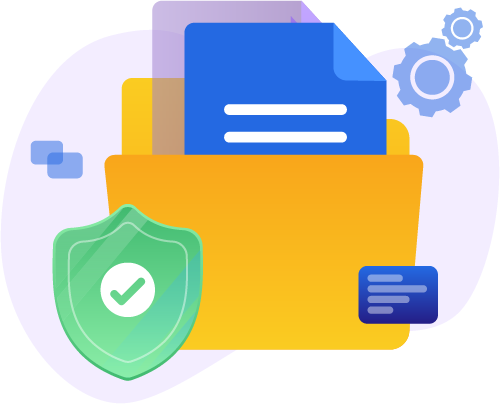
Unlimited Sending Possibilities for Healthcare Industries
PostGrid for Healthcare Industry
Compliant PDN
All our partners are HIPAA and PIPEDA compliant and ensure that your data is handled in a compliant and secure manner and delivered on time
Secure Logs
Keep your records secure and the activity log well maintained in accordance to HIPAA, PIPEDA, GDPR and SOC-2 standards
Enterprise-Grade Security
Enterprise-level security to ensure the safety and confidentiality of your data. Equipped with analytics and tracking to measure campaign performance and ensure accurate deliverability
Automate Sending Documents in a reliable, secure, confidential and timely manner
- Automate sending out personalized direct mail with the assurance that is being handled by professionals who are compliant and follow necessary regulatory requirements and protocols.
- Minimize the risk of breaching regulatory guidelines
- Send triggered direct mail in response to important events or activities in your CRM
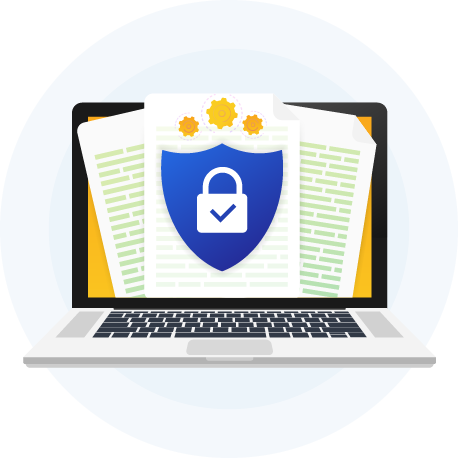
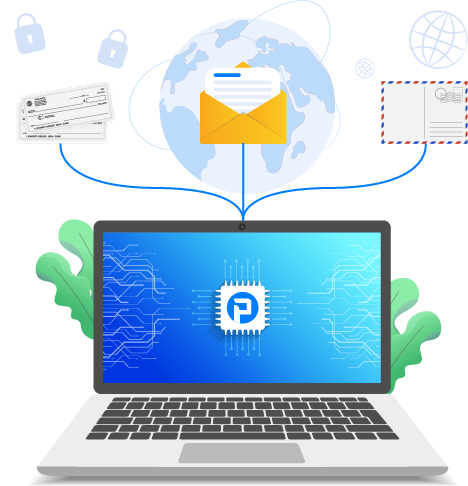
Integration and Automation
Integrate with any CRM and automation tool.
- Triggered Campaigns – Send direct mail automatically in response to events within your CRM
- Zapier integration – Easily connect with over 1600 apps
- REST API – Detailed API documentation and dedicated dev support if required
Personalized Messaging
Improve the response and engagement rate through highly personalized direct mail strategy which is automated and scalable
- Highly Personalized – Personalize each of your campaigns to enhance the response rate and engagement rate. Ensure crucial documents and messages stand out and received by the target audience.
- Variable Fields – Add predefined and custom variables within your templates to enable the personalization of your mailpieces.
- Built-in Template Editor – Upload your own designs or use our HTML Template Editor for easy customization.


Enterprise Level Security, Secure Logs & Compliant Partnership
- Secure Logs – Keep your records secure and the activity log well maintained in accordance to PIPEDA, HIPAA, GDPR and SOC-2 standards.
- Compliant Partnership – All data handling and processing are carried out by our PIPEDA/HIPAA/GDPR and SOC-2 compliant partners
- Enterprise-level security and Secure Hosting – To ensure the safety and confidentiality of your data. We host on Amazon web services for quick, easy to use and safe hosting
Unlimited Capabilities
Integrates with your favourite tech stack & tools
Easily improve your workflow and automate your offline process by integrating with your current stack














All teams run on PostGrid
Enhance your team’s performance by getting the entire team on a single platform with native integration and automating the process.
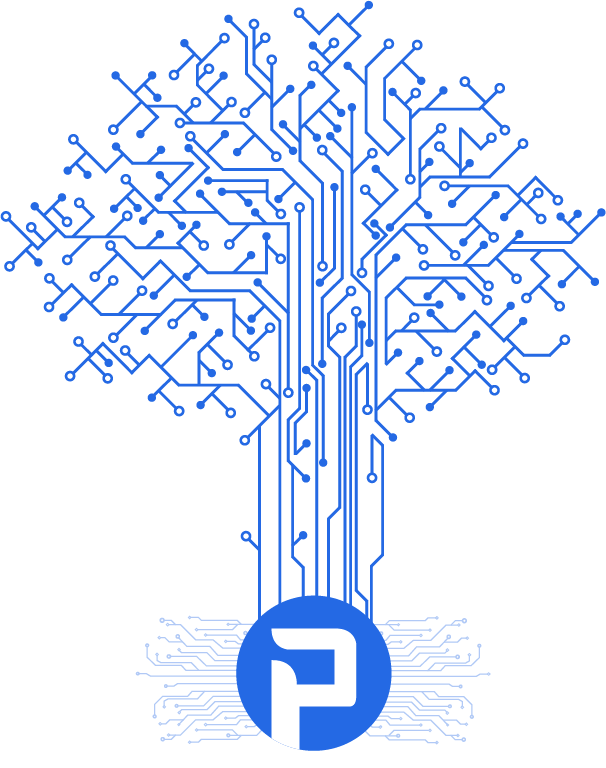
Ready to Get Started?
Start transforming and automating your offline communications with PostGrid


